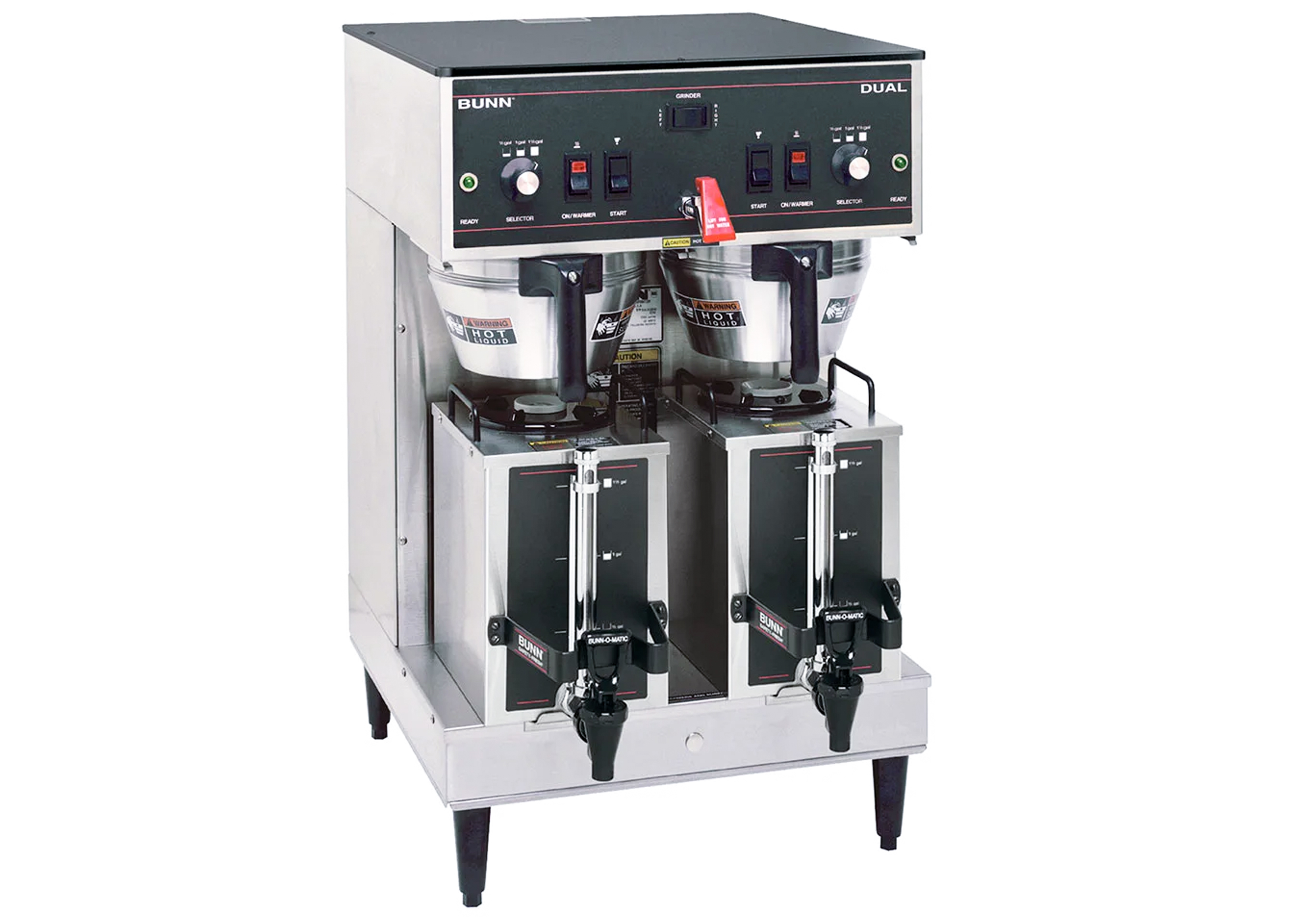Sep 13th 2022 - Monica Cunanan
Where Do Coffee Beans Come From? How It's Made and History!
Coffee is a popular beverage all over the world. You might be wondering: Where do coffee beans originate from? Do they just pop out of nowhere and magically appear in their glorious form that helps you make your day? Here's our complete guide to help answer all of your burning questions.
Where Do Coffee Beans Come From?
Coffee beans come from coffee bean plants which are a type of shrub or bush where the seeds are harvested from coffee cherries and processed to obtain green coffee beans before they are roasted into beautiful brown beans.
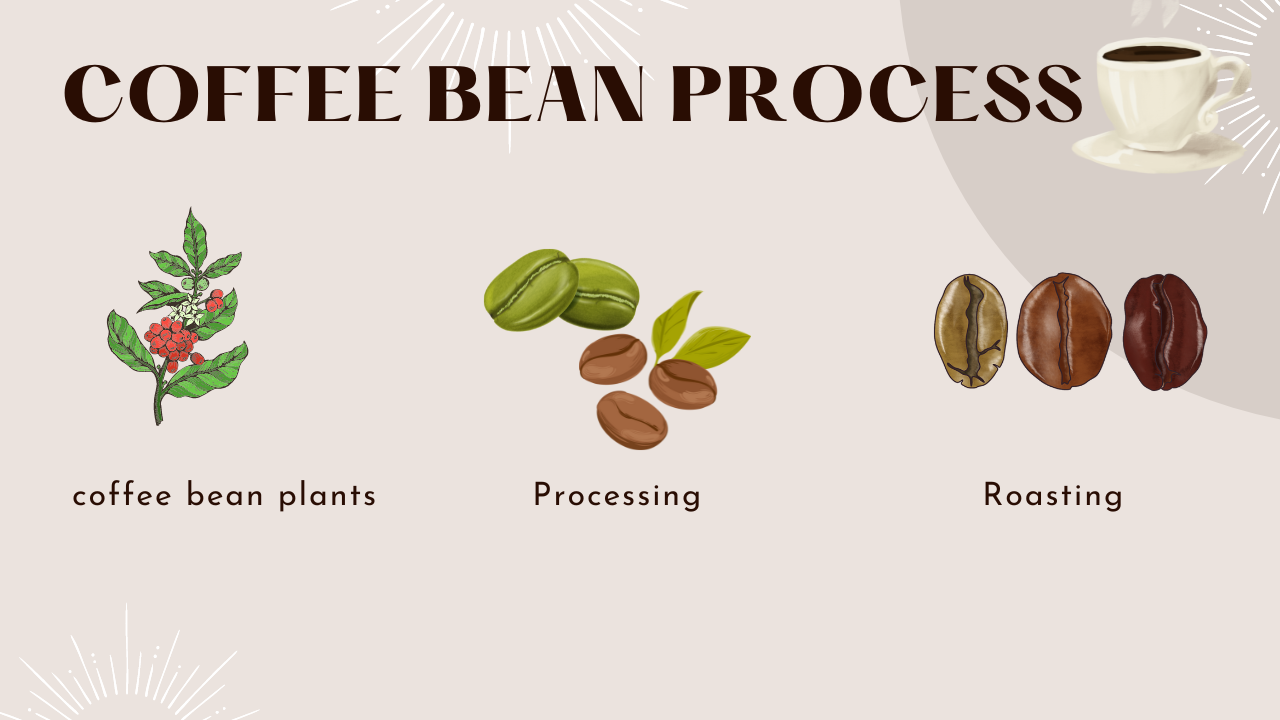
A coffee bean resembles a berry bush or grapevine but they are a lot taller.
Coffee plants have rich, dark, and shiny green leaves, but some may be more purple or yellow.
Coffee beans come from two main types of coffee plants: Arabica, and Robusta. There are many different types of coffee beans out there, so don't be fooled by their simplicity.
The Process
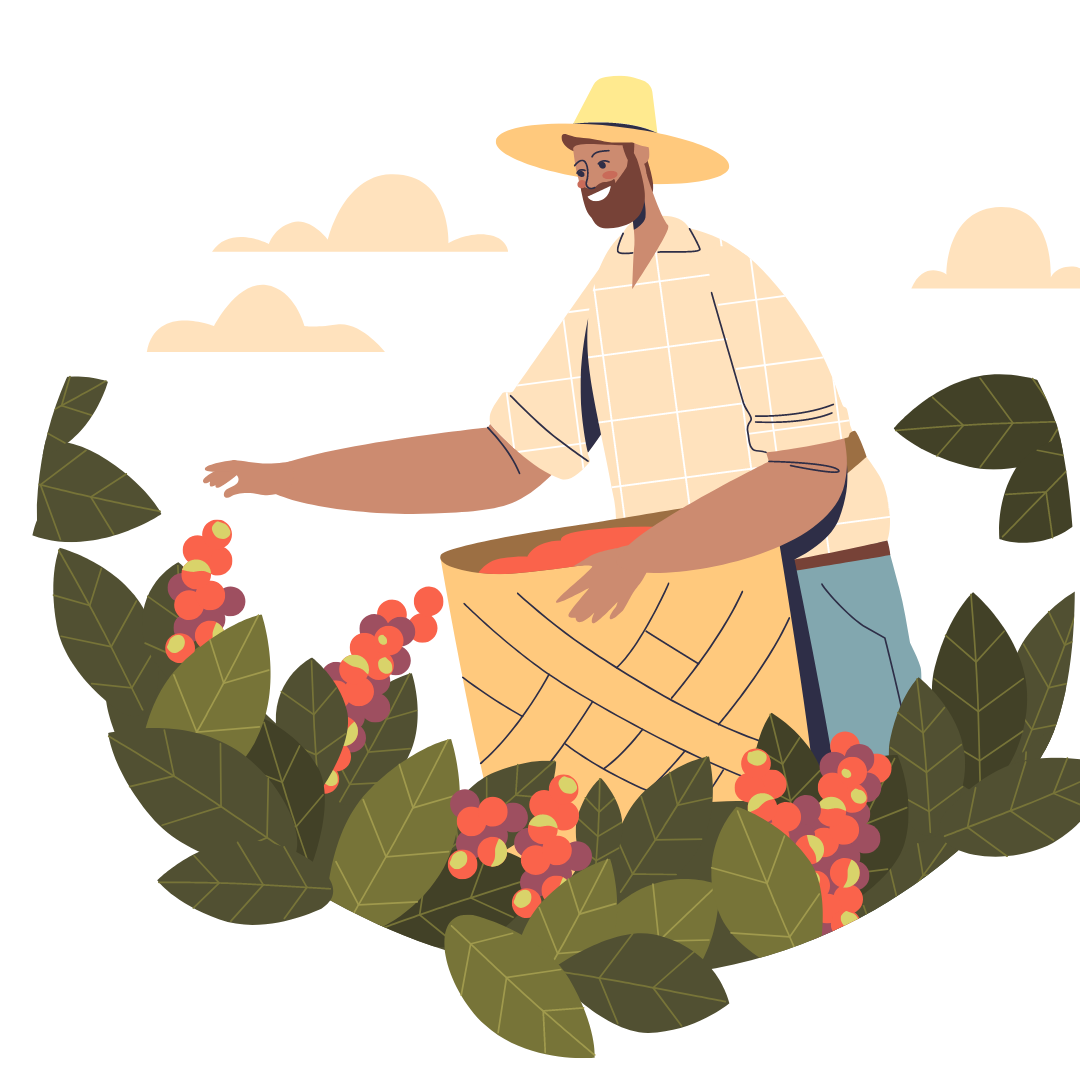
- Once the new trees have been planted, the harvester will check the fruit for ripening.
- After the coffee has been processed into green coffee bean form, the crop is then manually picked by hand. However, in places such as Brazil, where the land is relatively flat and the fields enormous, the process has been automated.
- After the beans are processed, they go through either one of two different kinds of processes: The dry method or the wet method. Dry methods are often used in countries where there aren't enough fresh water supplies.
- Freshly picked cherries are spread out on large surfaces to dry in the sunshine. The harvester will then rake and turn the cherries throughout the day. They will be protected by covering them at night or during rainy weather.
- The wet method removes most of the pulp from the cherries before they're harvested, leaving just the parchment skins on them.
- Beans are then distributed to coffee producers or coffee plantations where they will be roasted. The roasted beans are turned into the cup of coffee you reach out to every morning.
Origins of Coffee
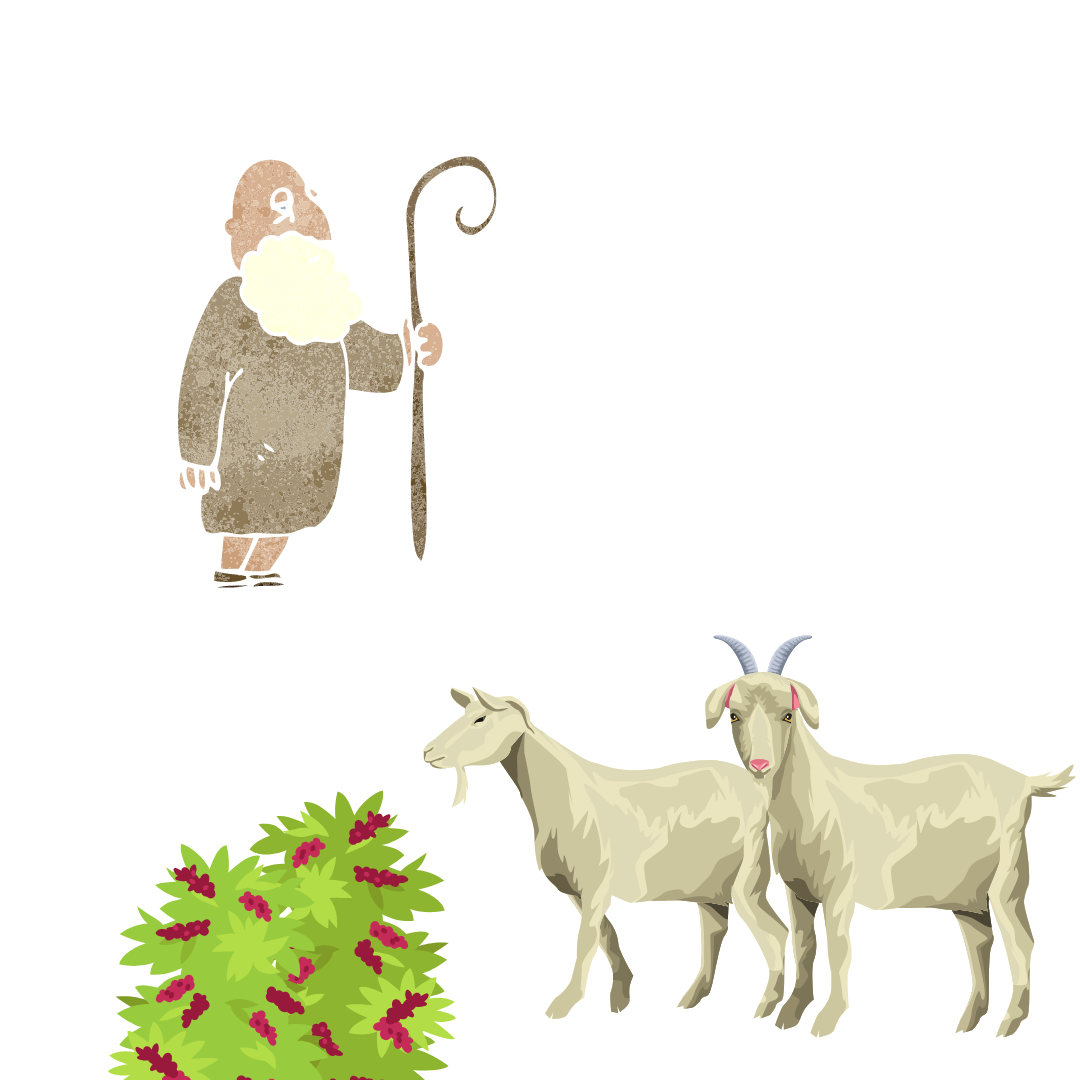
The history of coffee started when it was first discovered in Ethiopia, where it is still produced today. Coffee beans were discovered in a region known as Kaffa, which gave rise to the word "coffee." According to legend, a goatherd named Kaldi noticed that his goats seemed happier and more energetic when they ate the berries from a certain bush. Coffee has been used for centuries as a beverage. It started out in Yemen in the 15th century, where it was drunk from small cups made of clay. Because of its popularity, today, due to the fact that there are so many different types of coffees available, the best way to get high-quality coffees is by growing them in very specific climatic regions. Many manufacturers source their high-quality coffees from Africa, South America, and Asia to guarantee the best coffee blends.
The Coffee Plant
Arabica Plants
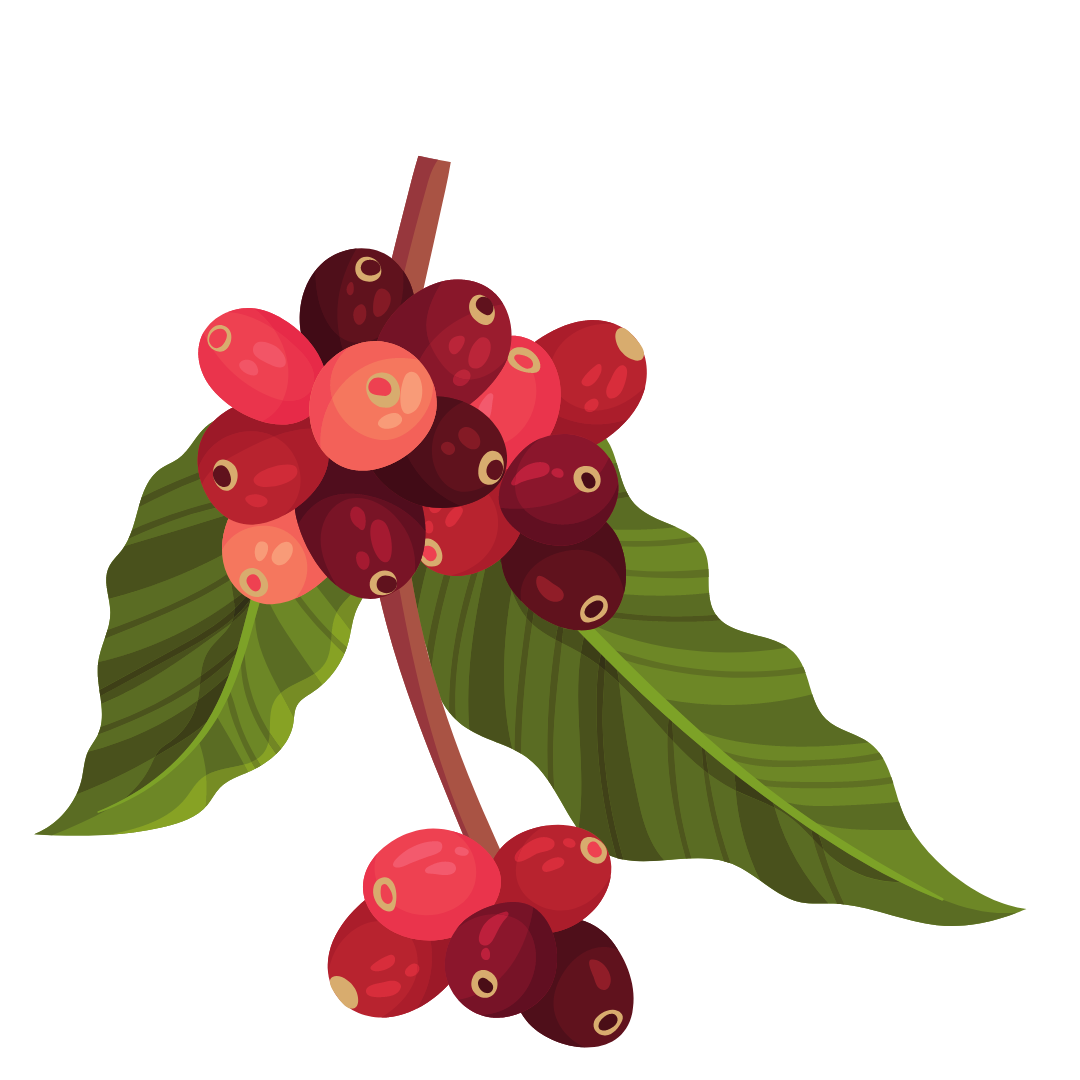
It's the Arabica coffee bean that produces the highest quality beans, with many different varieties grown all over the globe. These types of coffee bean grow particularly well in certain regions of the world, including the "coffee belt" – a band of countries surrounding the planet's equatorial line. According to National Coffee Association, the coffee bean belt refers to the equatorial regions of the earth where coffee is most easily grown—between 25 degrees north of the equator and 30 degrees south, a range almost entirely overlapping the Tropics It's also from these "branches" of the coffee tree that we get most of our high-quality, expensive artisan coffees. This makes the absolute best Arabica varieties for making good quality espresso.
Robusta Plants
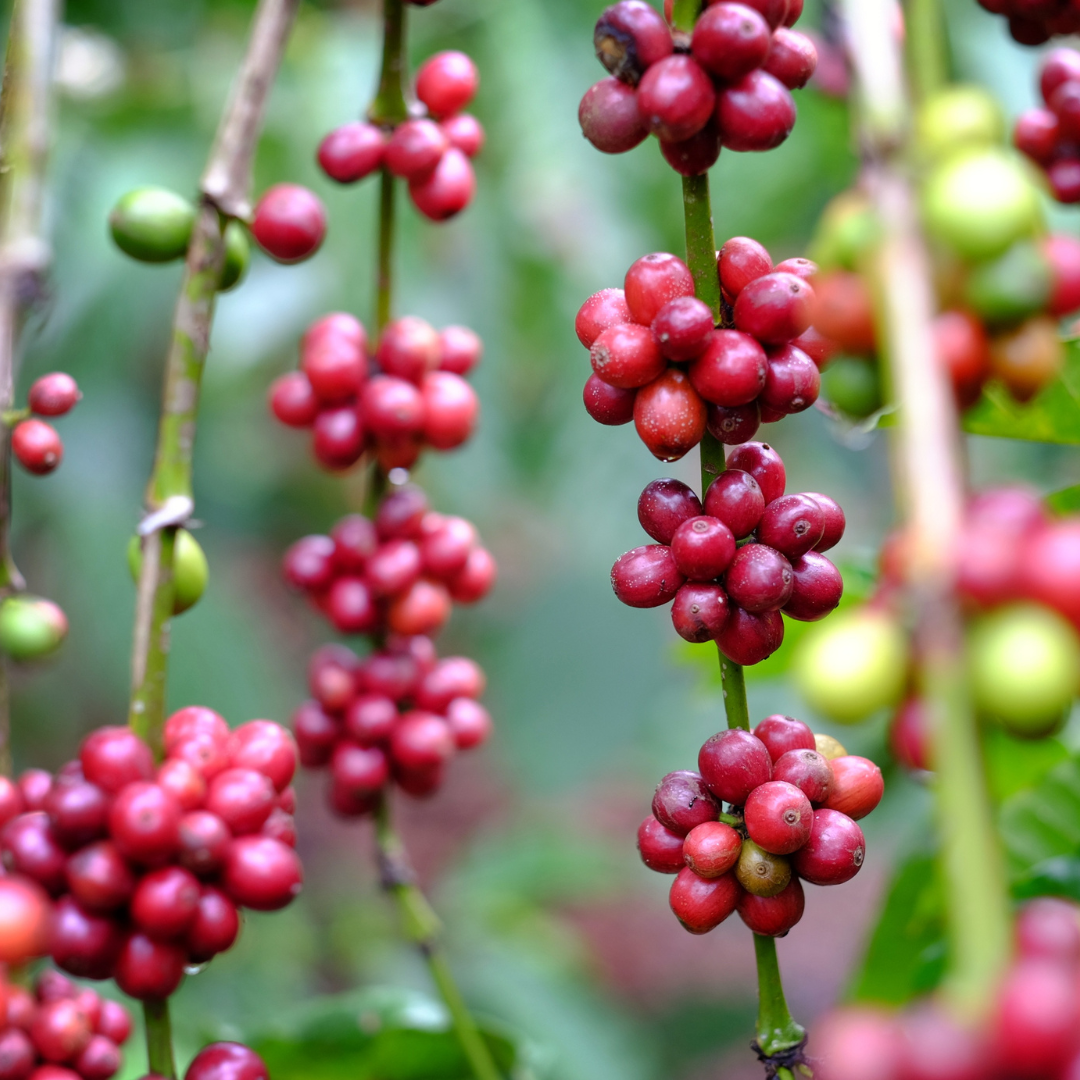
The Robusta on the other hand has two varieties, C. c. robusta, and C. c. nganda, both of which come from the Coffea canephora plant. Despite their lack of variety, robusta coffee plants actually produce lots of low-grade coffee beans that help feed the rest of the global coffee industry.
Most of the world’s robusta coffee beans come from Africa and Indonesia, but Vietnam produces the most heavily caffeinated beans.
That is the reason why Vietnamese coffee is so special. It is rare to use caffeine-intense Robusta beans over the more delicate Arabica beans is a rarity in the specialty coffee drink world.
Seed to Cup: The Whole Process of Creating Coffee
To prepare coffee cherries, coffee growers remove the husks, then remove the pulp, and finally remove the thin parchment covering the seeds. Wet and dry are the two main types of processing. After sorting, the roasting process begins.
Processing

Wet processing involves removing most of the flesh from the fruit shortly after harvesting. The beans with their parchment still intact are then spread out in the sun to air dry.
Drying starts with coffee beans being dried by laying them out in the sun with their husks and pulps still attached. After drying, the husks and pulp are removed from the coffee seeds to expose the kernel.
Hulling
The removal of the parchment layer is the last portion of the processing called hulling. The final product is a coffee bean that is they're green, dense, hard, and tastes like grass.
Sorting

These green unroasted coffee beans are then sorted by weight or some other metric, packed in moisture-resistant bags, and shipped to their destinations where they will be roasted and ground into an espresso as we know it today.
Ever wondered how much caffeine is in an espresso? Check this out!
They then turn to the delicious brown beans we know and love after the roasting process.
Roasting Process
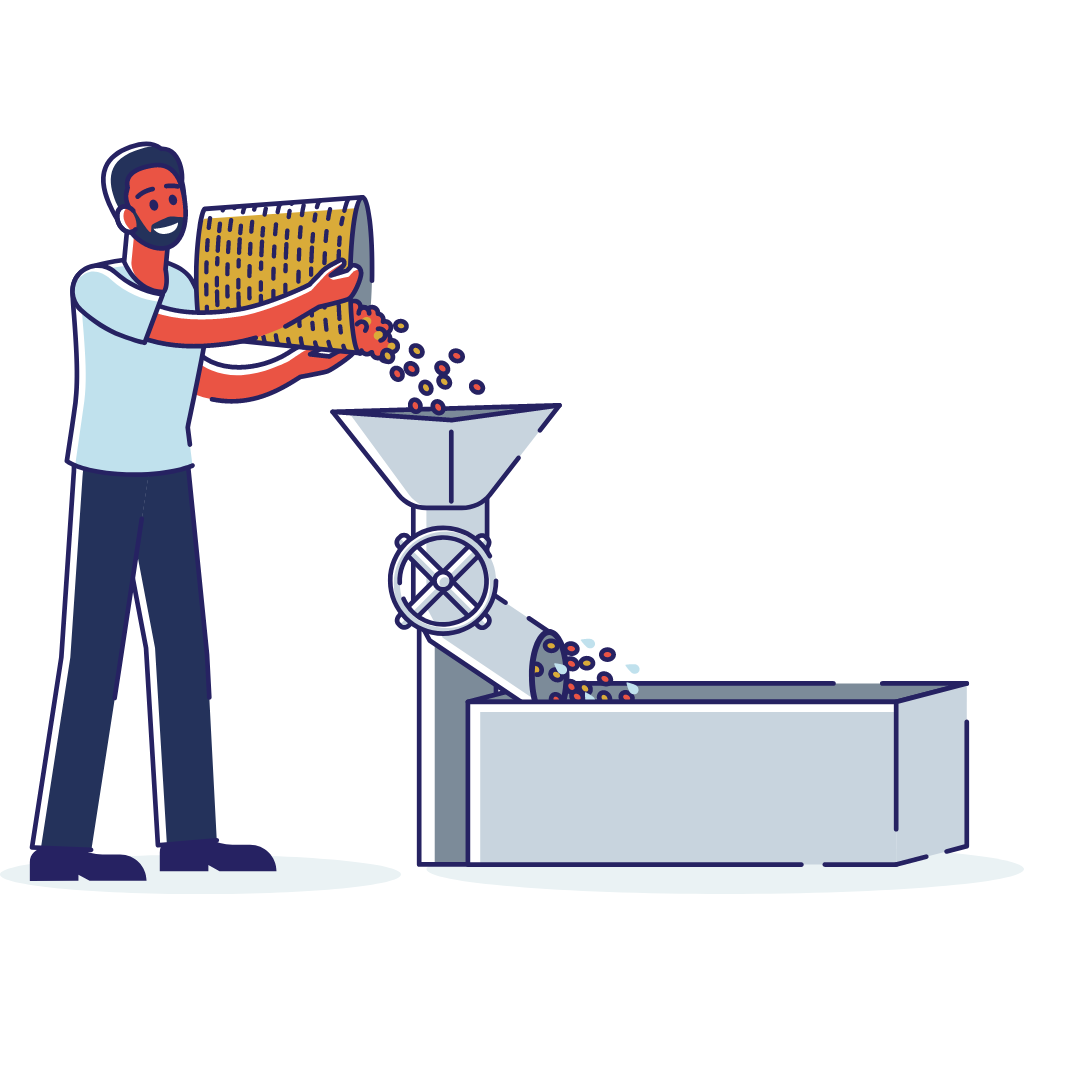
Green (unroasted) coffees are shipped from their origin country to a local roaster who then processes them into roasted (or "green") coffees. Direct sales that don’t involve middlemen and are priced at or above a price determined by non-profit organizations like Fair Trade USA are called fair trade.
Roasting green coffee beans is the first step toward making delicious coffee. Coffee roasters use large machinery called roasters to roast their fresh green beans. Roasted coffee is produced when green coffee is placed into a large, heated cylinder where it is subjected to heat and air pressure until it reaches the proper degree of roast.
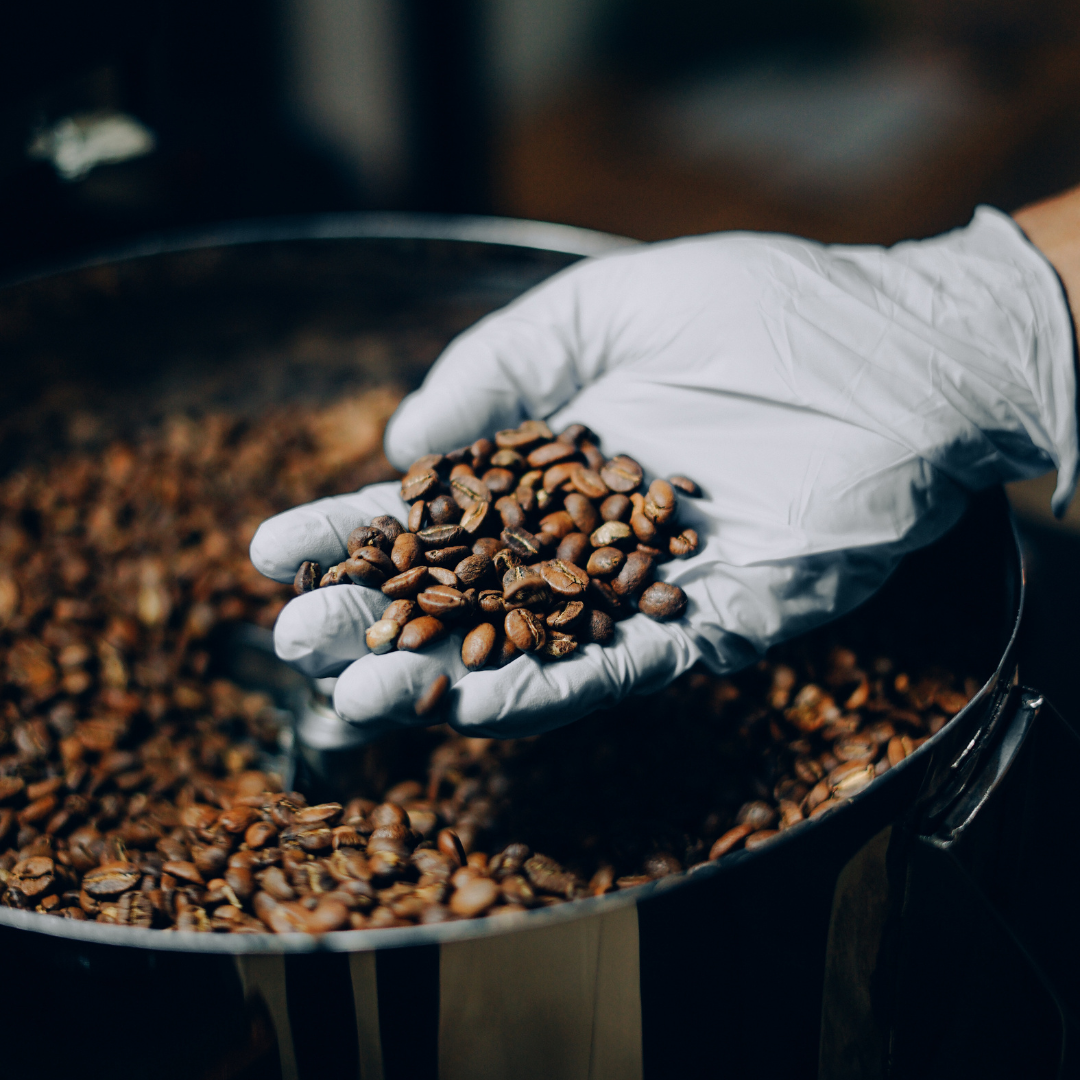
For around eight to fourteen mins, the beans go from green to yellow, yellow to light beige, and then light beige to dark beige for darker roasts. They are then pulled from the churning cylinder. The master roaster would be then cooled rapidly to stop the roasting from continuing. Roasted coffee beans result in coffee beans as we've come to know them: brown, aromatic, and delicious.
Opening a Café Soon?
With this in-depth guide on the science of intake of coffee, you're ready to get started serving up tasty lattes and espressos to customers in your neighborhood. You can also check out this blog about opening cafes to get you started. With Culinary Depot, you'll have all the tools you need to start a successful local business.
Get in touch, and we'll help you get all the restaurant equipment you need to run your business!


